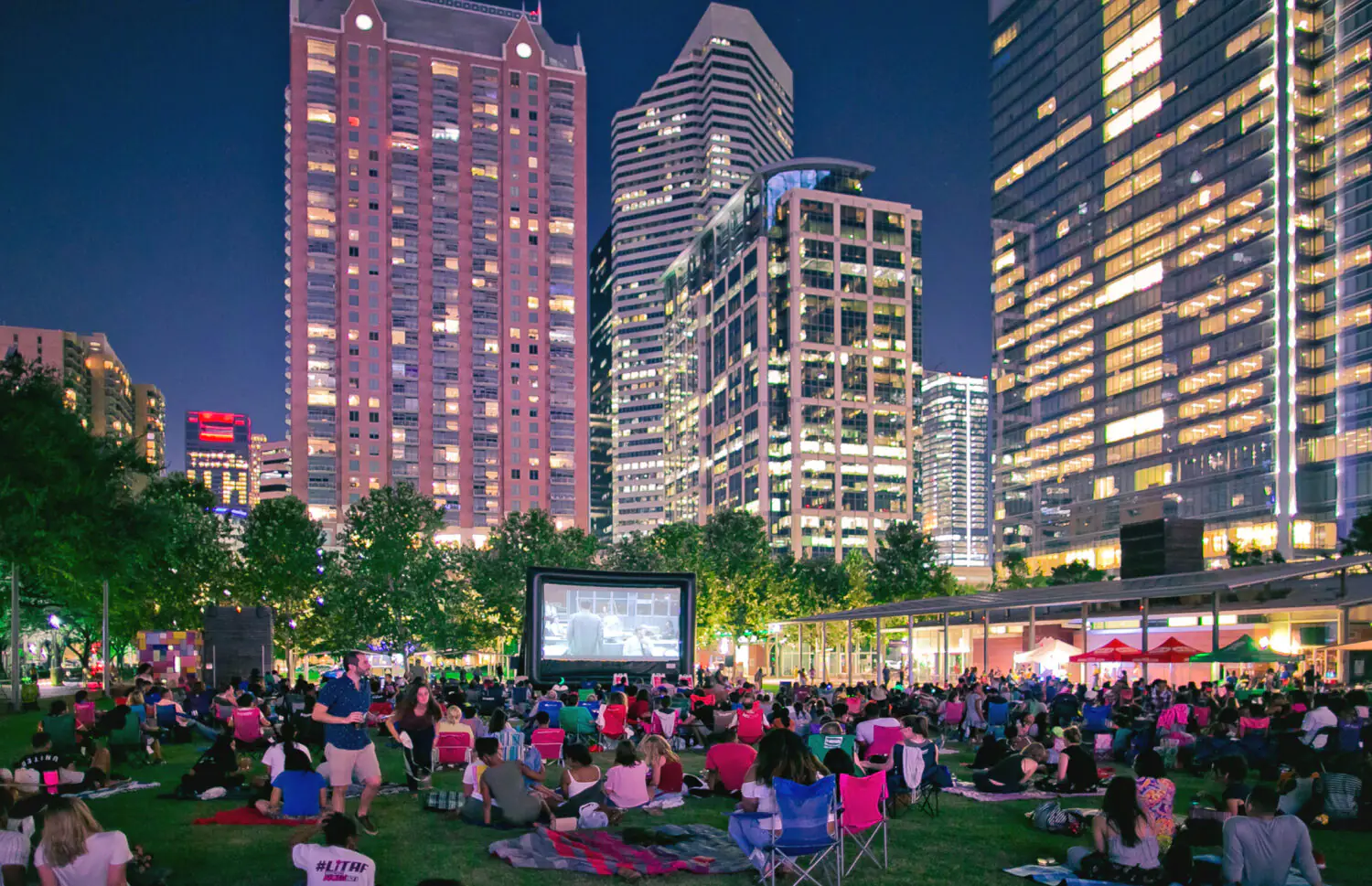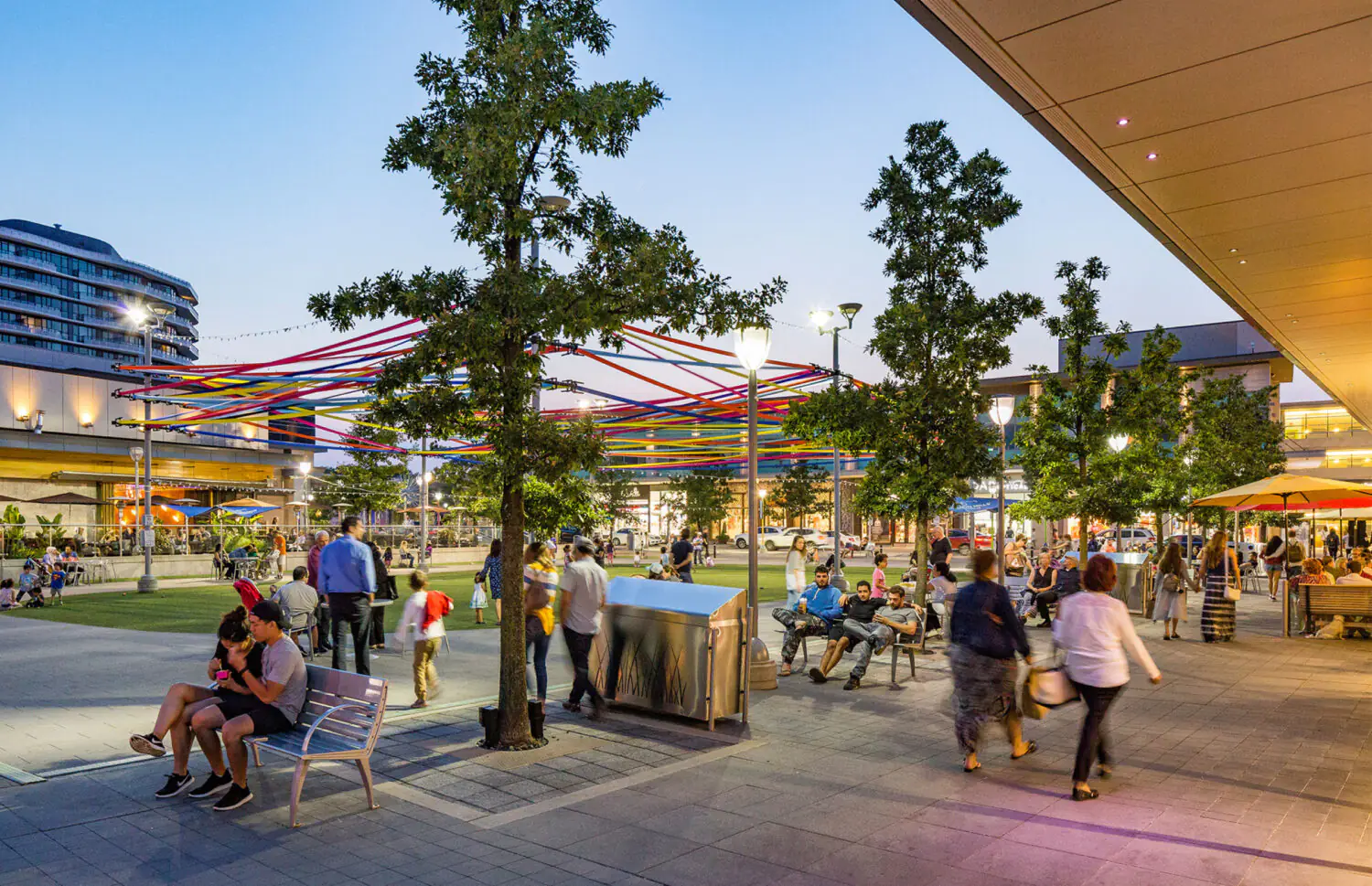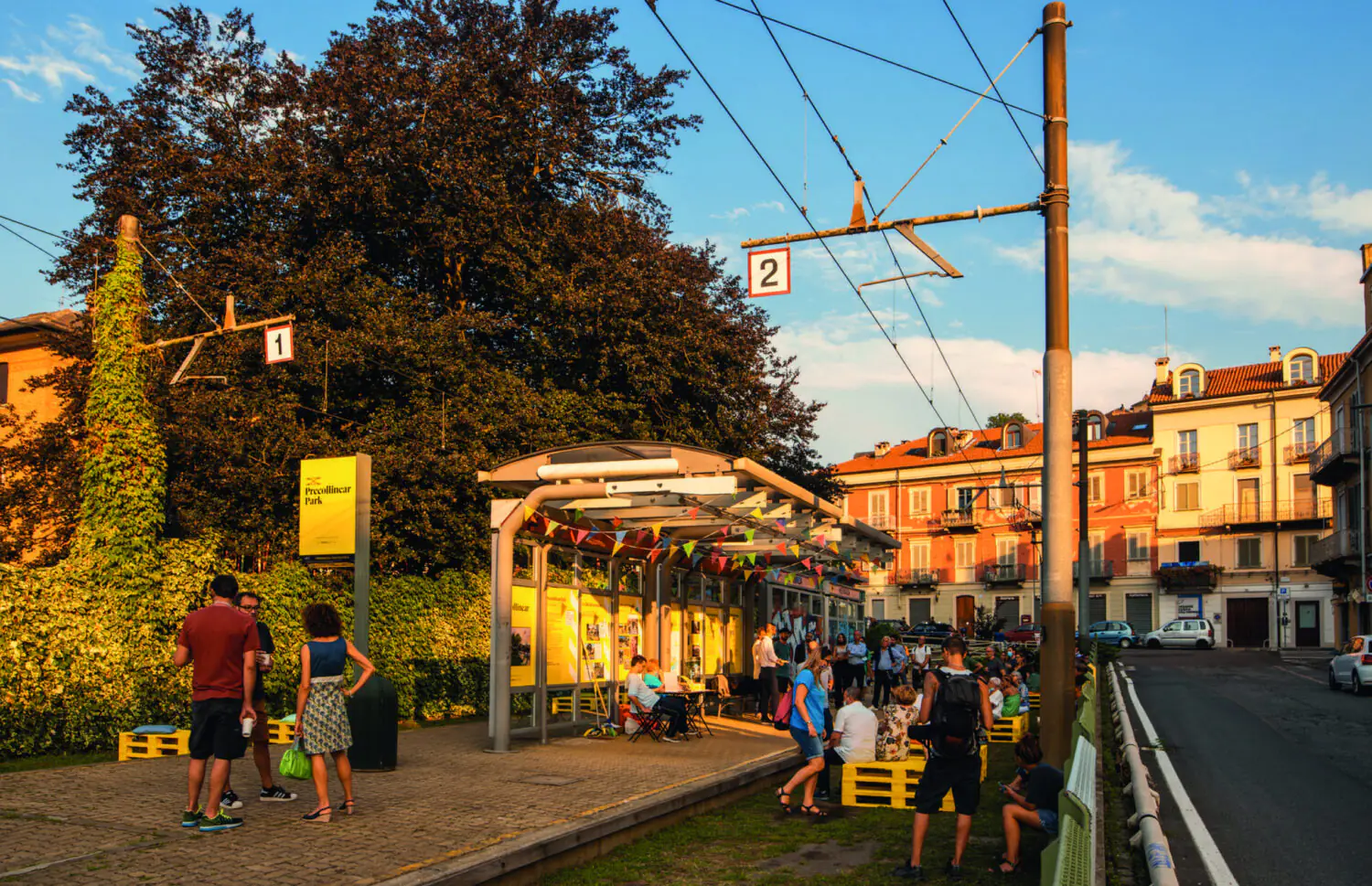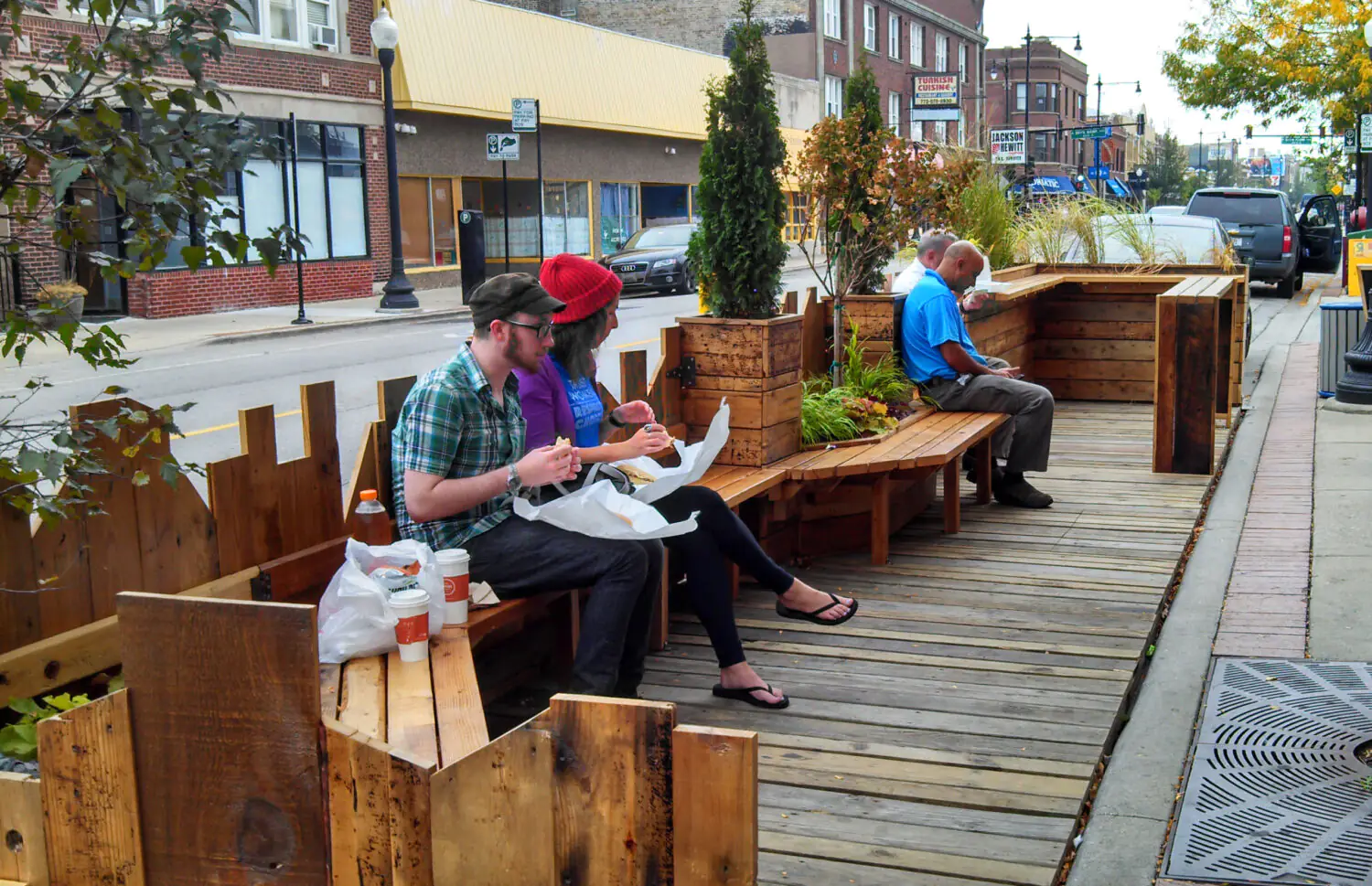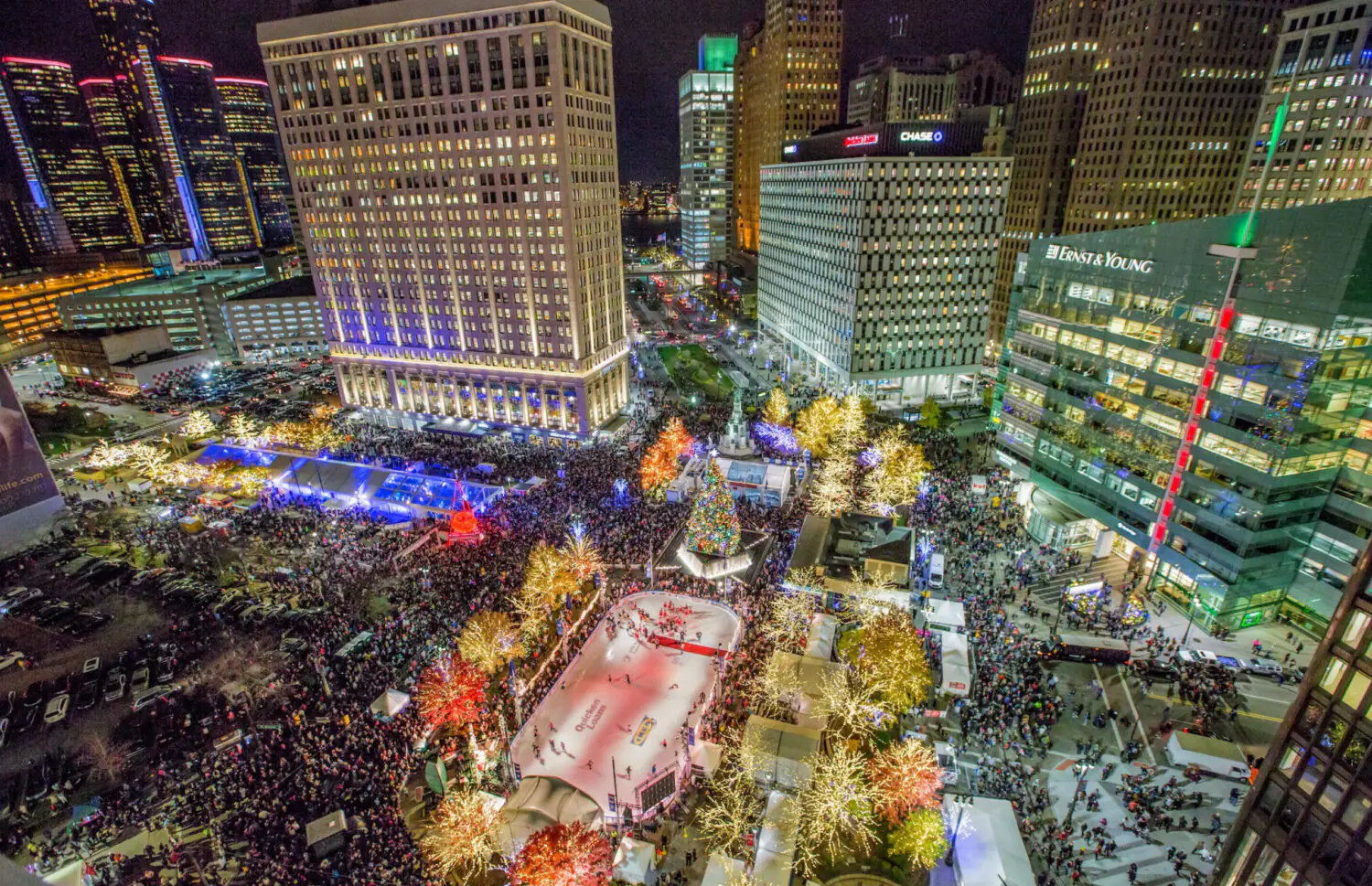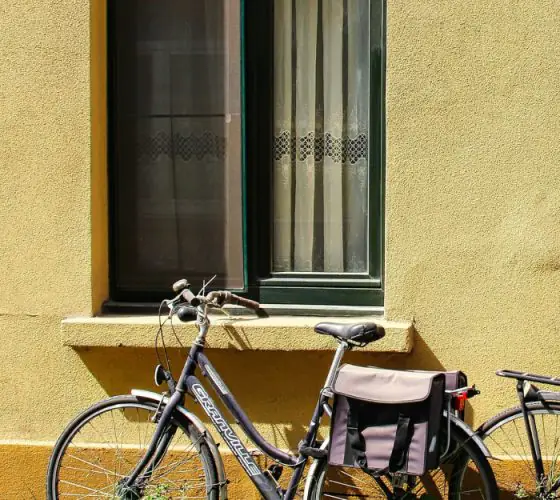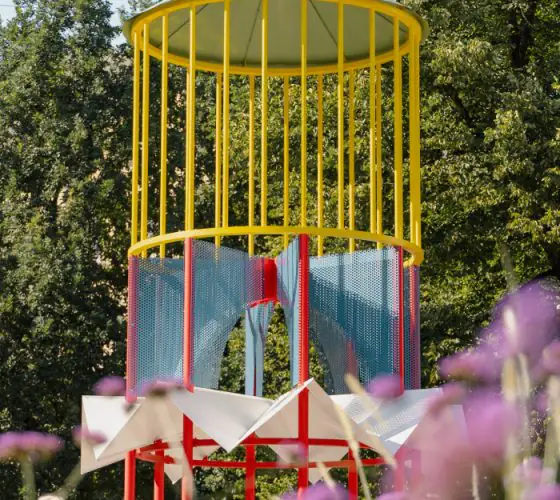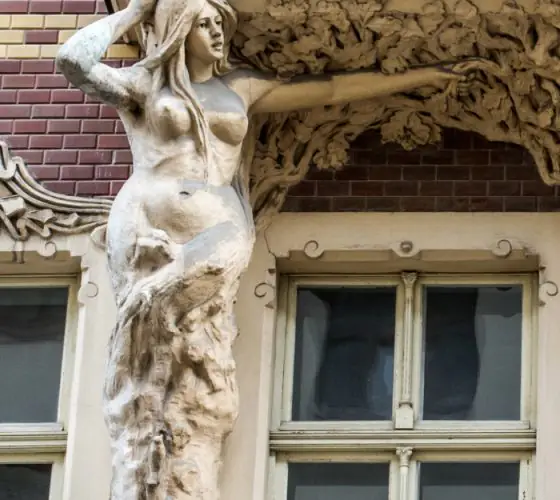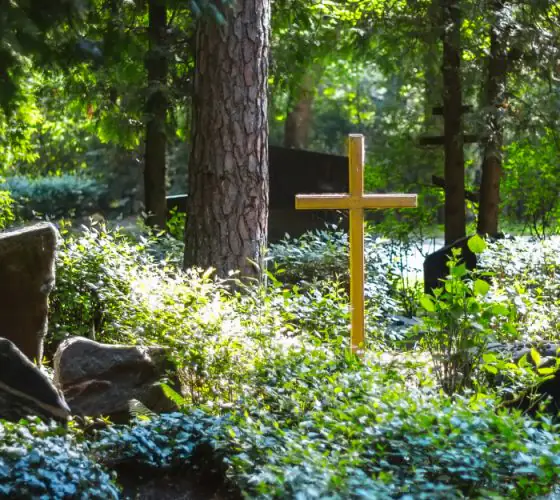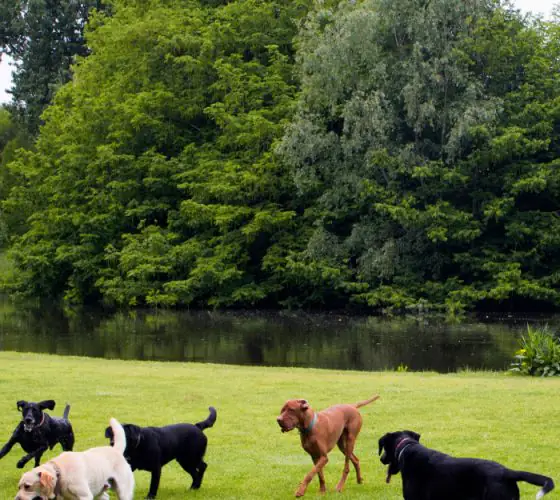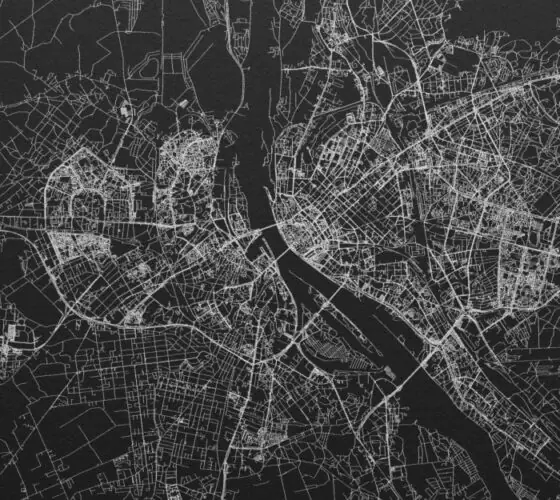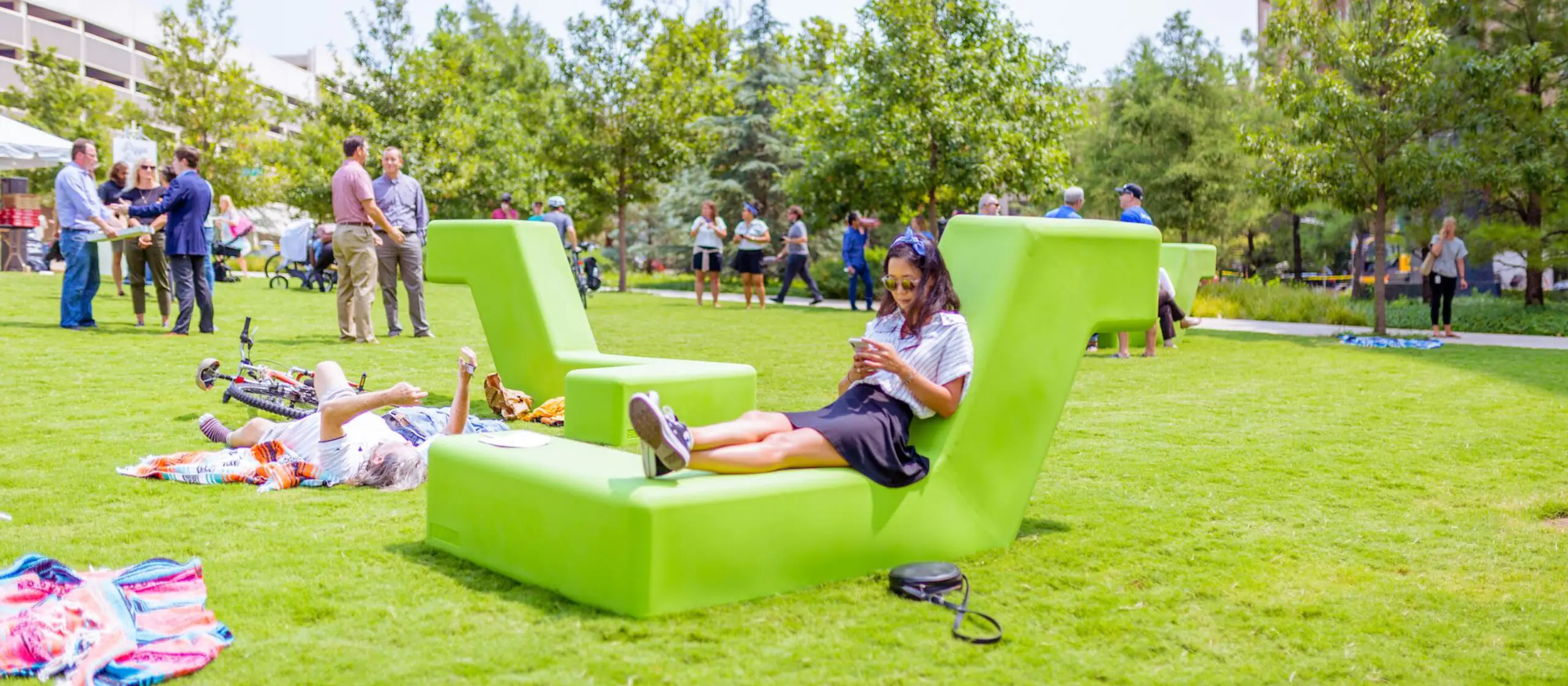
pps.org
Placemaking seeks to create vibrant, attractive and sustainable urban spaces that foster communication, creativity enhancement and an improved quality of life. This approach is actively used in urban planning and design to create spaces that meet the needs and desires of users and enrich the environment.
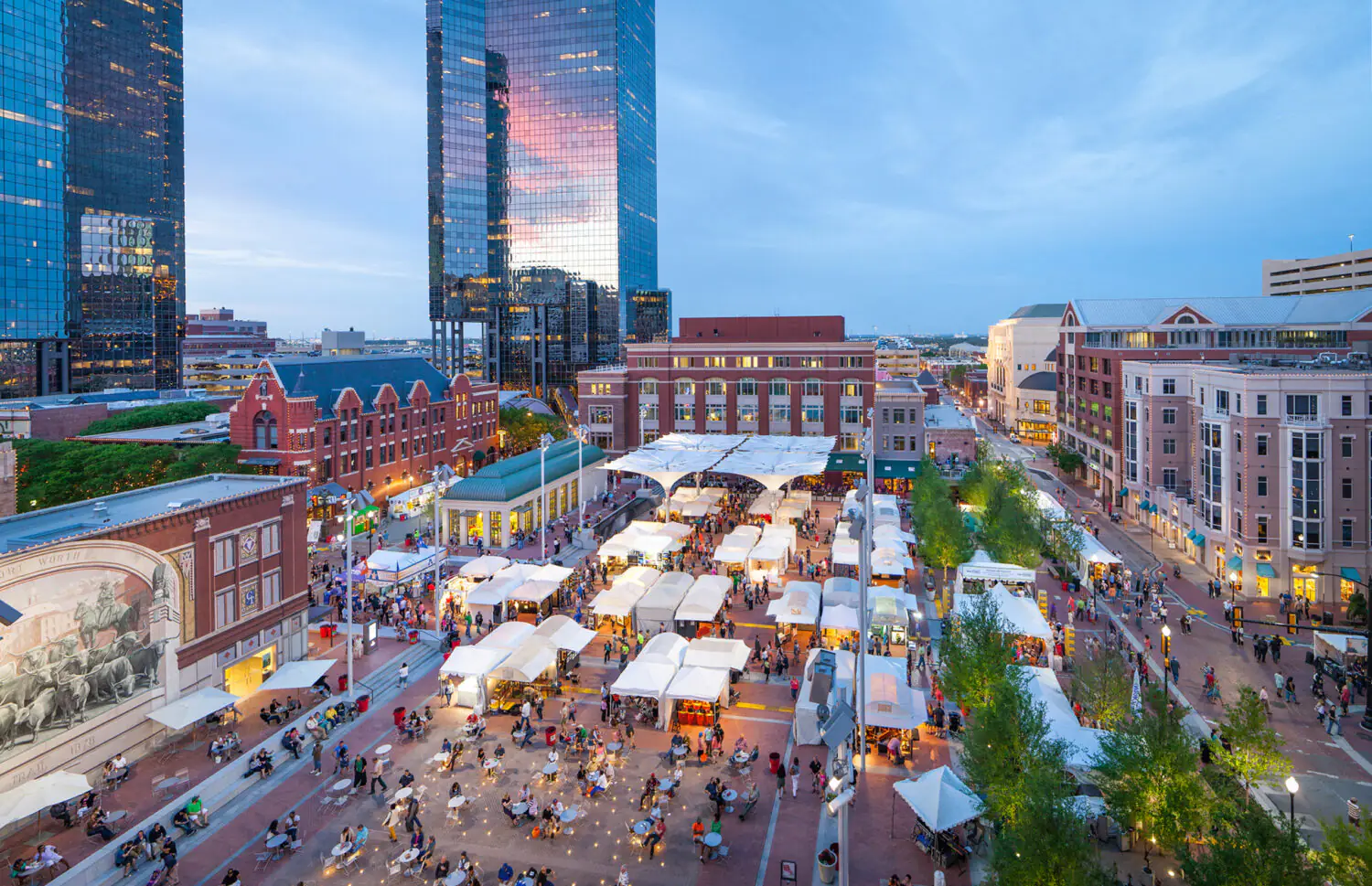
pps.org
The philosophy of placemaking is based on the belief that architects and planners don’t have unqualified knowledge of how a space should be transformed—and certainly can’t know it any better than current users.
The bottom-up approach avoids many of the mistakes that often occur in traditional administrative planning and design. Such a strategy helps to build on the views and participation of local communities and to avoid making horrendous mistakes in dealing with urban spaces. In addition, when people participate in the development of a space and see their ideas realised, they feel connected to the environment, identify with it, appropriate the urban space and take responsibility for it.
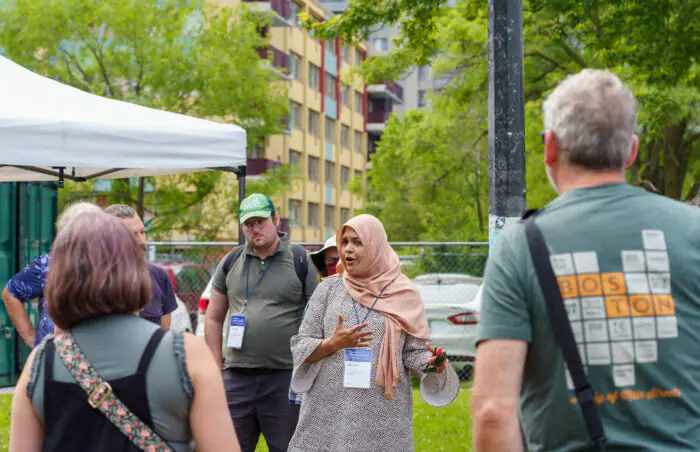
по его переосмыслению
pps.org
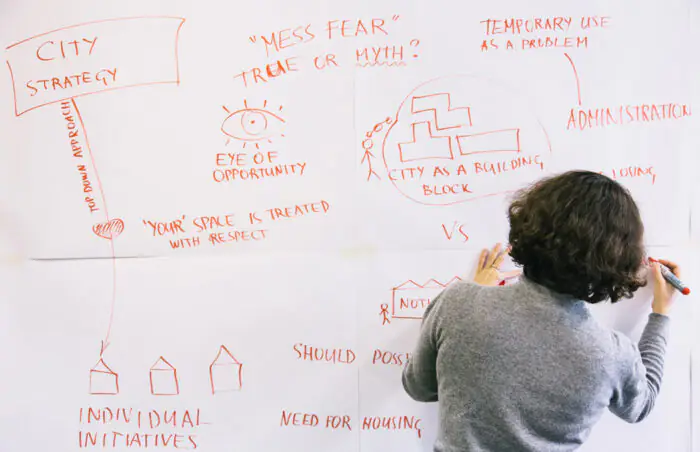
по его переосмыслению
urbandreammanagement.com
The method of plaсemaking is built on studying how people use a particular place to see what they really need and are interested in. Based on this information, a concept for the development of the space is developed. It is then implemented— usually quickly and inexpensively—by introducing street furniture, planting plants, installing food outlets. These measures improve the quality of everyday life in the city and help people to believe in the possibility of transformation.
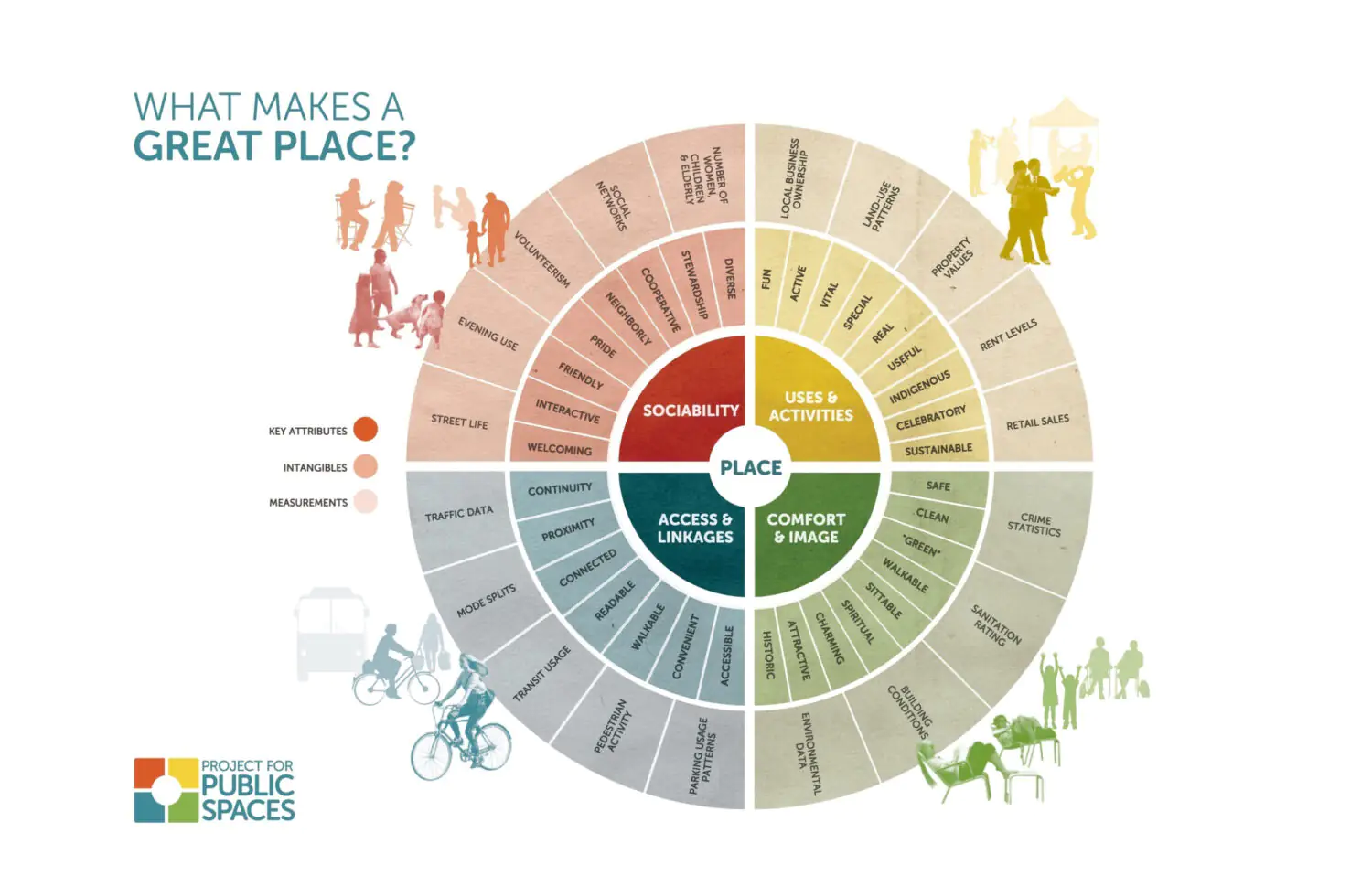
archdaily.com
Lively public space has a number of characteristics that make it popular among citizens. Studies show that the most sought-after areas are usually multifunctional, providing visitors with a variety of leisure opportunities. In addition, quality public spaces attract representatives of different social groups and make the city comfortable for people with different incomes.
An important component of urban spaces is the cultural events that fill them: they help people to form a special attitude to urban locations. Programming a space from the planning stage helps to create a design concept that responds to people’s needs—and reduces the risk of future costs associated with unpopularity or having to redevelop an area.
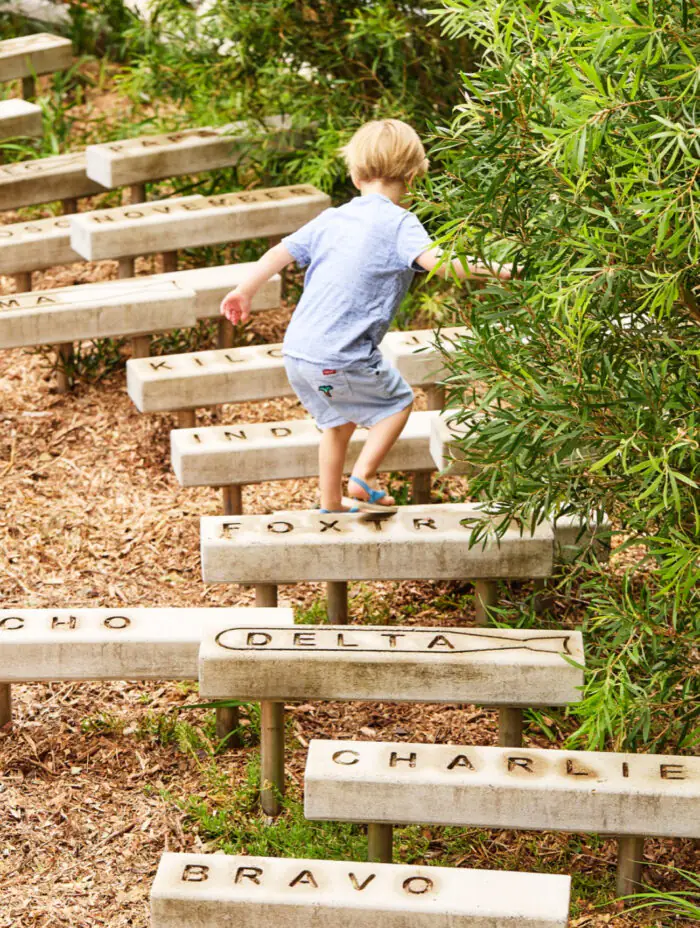
landezine-award.com
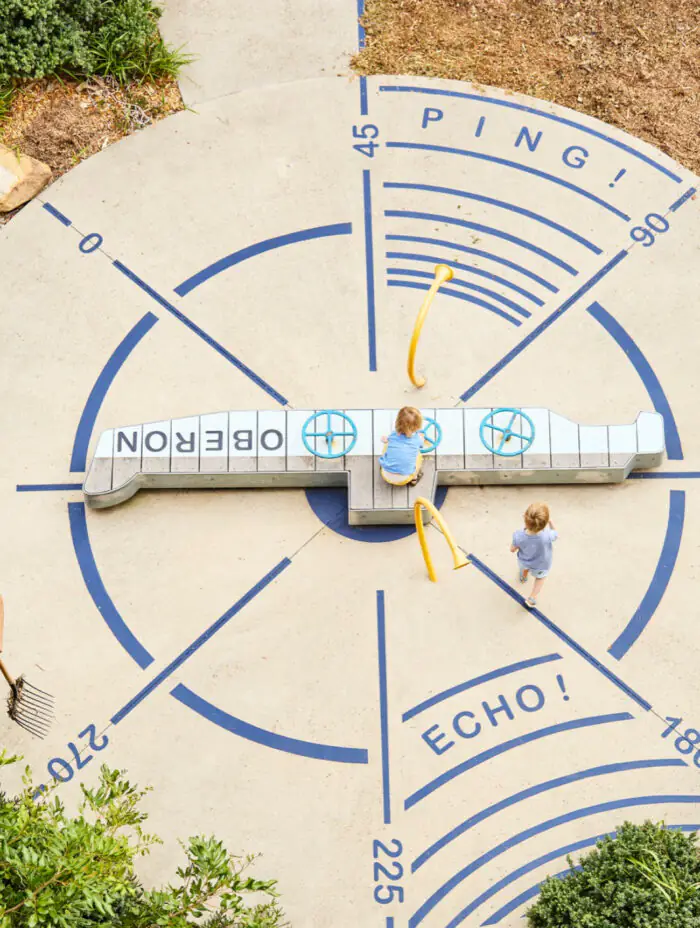
ASPECT Studios, 2020
landezine-award.com
Placemaking places equal emphasis on the physical, cultural and social identities that define the character of different spaces and support their ongoing development.
Community engagement is one of the key pillars of Vancouver’s transformational success: we talked about the phenomenon of Vancouverism in another article. For example, developers working with the community has helped build trust and develop bolder, more useful and profitable building solutions.
There are entire bureaus specialising in placemaking, such as the American team Project for Public Spaces, which has transformed Times Square and Rockefeller Centre in New York and worked with other cities around the world.
As a result, placemaking is a powerful tool for modern urban development that contributes to the creation of attractive, comfortable and sustainable cities that can respond to the needs and desires of the local community.


